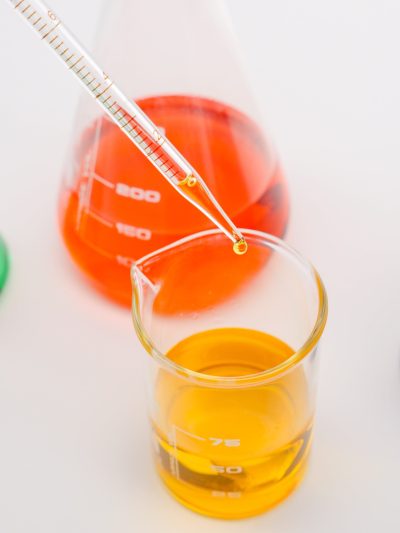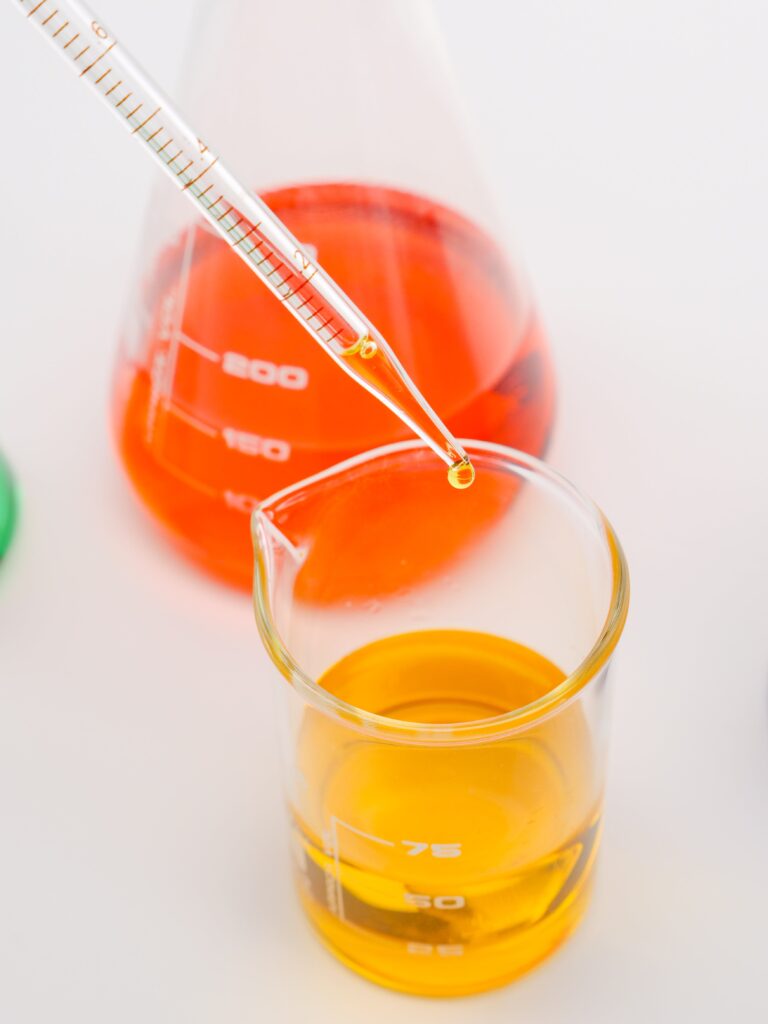FREE SHIPPING TO EU COUNTRIES
What is the Science Behind Parabens? Risks and Health Implications in Cosmetics
Table of Contents
In the ever-expanding realm of skincare and beauty products, the phrase “paraben-free” is increasingly visible, paralleling the rise of other health-centric labels. But what exactly are parabens, what role do they play, and should you be steering clear of them? Let’s delve into the scientific landscape behind this prevalent cosmetic concern.
Understanding Parabens: Guardians Against Microbes
Parabens, a family of preservatives, find widespread use in cosmetics, toiletries, food, and pharmaceuticals to inhibit microbial growth. Developed in the 1920s, these esters of para-hydroxybenzoic acid, a naturally occurring chemical, come in various forms such as methylparaben, ethylparaben, propylparaben, and butylparaben. Their effectiveness, cost efficiency, and broad-spectrum action contribute to their prevalence, gracing over 85% of cosmetic products.
The Paraben Backlash: Unraveling the Concerns
Despite their long history of safe use, parabens entered the spotlight of controversy over the past decade. A pivotal moment occurred in 1998 when a study suggested weak estrogenic properties in rats, sparking concerns about a potential link to breast cancer and reproductive disorders. Subsequent findings in 2004 reported parabens in human breast tumors, intensifying apprehension and prompting calls for bans from advocacy groups.
Scientific Scrutiny: Assessing the Studies
The scientific community, while acknowledging the studies, remains measured in its concern. The 1998 study, revealing weak estrogenic activity, underscored that parabens were thousands to millions of times weaker than the natural female sex hormone, estradiol. The 2004 study, scrutinized for flaws, lacked crucial comparisons with non-cancerous tissue and raised questions about equipment contamination. After facing criticism from other scientists for the accompanying commentary on a potential link between parabens and breast cancer, the authors later denied that their manuscript established such a causality.

The Elusive Link: Parabens and Human Health
Amidst almost a century of paraben use, a direct link to adverse health effects in humans remains elusive. Epidemiological studies on antiperspirant deodorants and breast cancer yielded inconclusive results. In vitro and animal studies, often cited as evidence, face skepticism for their limited relevance to human effects. The negligible amounts of parabens absorbed through the skin undergo metabolism and excretion, with no evidence of accumulation.
Alternative Preservatives: A Double-Edged Sword
Considering alternatives to parabens raises challenges. Eliminating preservatives altogether risks microbial contamination, potentially leading to infections. Newer preservatives lack the extensive testing parabens underwent, introducing uncertainties about their long-term health effects. “Natural” preservatives, while appealing, prove less effective and may cause skin reactions due to their allergenic nature. Synthetic alternatives, though available, come with their own set of irritancy concerns.
Read more about preservatives in cosmetics here.
Scientific Consensus: Parabens on Trial
Major regulatory bodies, including the European Commission and the US Food and Drug Administration, assert that current paraben use is unlikely to be linked to cancer. The Cosmetic Ingredient Review, National Cancer Institute, and others align in dismissing significant health risks. A precautionary approach, as advocated by the European Commission, suggests minimal concern for methylparaben and ethylparaben, with more caution warranted for propylparaben and butylparaben.
Conclusion: Informed Choices Amidst Uncertainties
In the intricate landscape of skincare choices, the paraben dilemma prompts reflection. While avoiding parabens might seem a precautionary measure, the alternatives pose their own challenges. Scientific consensus leans towards the safety of parabens, emphasizing their decades-long track record. Ultimately, informed decision-making, guided by ongoing research and regulatory insights, remains key in navigating the complex terrain of cosmetic ingredients.


